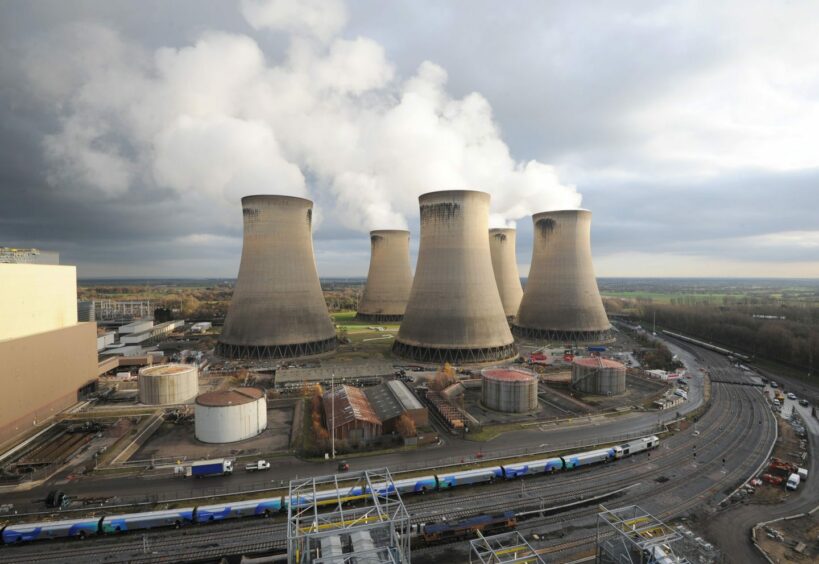
The policy brains behind the UK’s carbon capture, utilisation and storage (CCUS) clusters have hailed progress towards ambitions to make Great Britain a world leader in the technology despite deep concerns about delays in the projects.
UK Research and Innovation’s Industrial Decarbonisation Challenge (IDC) said the UK is on track to establish “at least” four low-carbon industrial clusters by 2030 following a four-year program of development.
In the UK, investment in CCUS is largely focused on industrial decarbonisation clusters and offshore transport and storage projects.
The Industrial Decarbonisation Challenge (IDC) saw the development of six primary cluster plans across the UK.
Four are now progressing through the UK government’s cluster sequencing process, with HyNet and the East Coast Cluster in ‘Track 1’.
Meanwhile, associated transport and storage projects are also progressing including the Acorn CCS, Viking CCS, and the Northern Endurance Partnership (NEP).
IDC director Dr Bryony Livesey said the project “exceeded all of its original targets” and has developed a “blueprint for viable decarbonisation” for energy intensive industries.
The IDC “de-risked” investment into industrial-scale CCUS, low-carbon hydrogen and CO2 transport and storage, Dr Livesey said, paving the way for the UK to be a “world leader” in sustainable growth.
BP vice president of hydrogen and CCUS Andy Lane said the funding has been critical for the NEP to “move forward at pace”.
UK CCUS strategy
But despite some progress, the UK CCUS strategy has come under intense criticism in recent months over its cost.
The government set out plans to invest £20 billion as part of its CCUS Vision, but is reportedly considering delaying projects as costs soar.
A report from think tank Carbon Tracker also warned support for ‘blue hydrogen‘ and carbon capture-enabled gas power plants could derail UK net zero ambitions.
Meanwhile, the prospect of subsidising CCUS technology at the Drax bioenergy plant in Yorkshire has also been labelled an “expensive gamble“.
In a report issued last month, the UK National Audit Office (NAO) also warned of the inherent risks of relying on CCUS technology.
However, the NAO deemed CCUS investment a “risk worth taking” as the UK has does not have a “credible alternative” to reaching net zero without it.
Carbon capture needs to grow ‘even faster’ to meet climate goals, DNV says
The UK is not the only place in the world where there are concerns over the pace of change.
The rollout of carbon capture projects will need to significantly increase over the next decade to keep climate goals within reach, according to a DNV report.
DNV forecasts that under current policy, global carbon capture, utilisation and storage (CCUS) capacity will reach 1,258 million tonnes (Mt) of CO2 annually by 2050.
However, to reach net zero and limit global warming to a 1.5 degree temperature rise, the wold will need to capture and store 1,024 Mt CO2 by 2030.
After 2030, DNV said CCUS capacity needs to more than double in the five years to 2035 before soaring to more than 6,000 Mt CO2 by 2050 as per the IEA net zero scenario.
The Norwegian firm said the “vast difference” between what is forecast and what is required “underlines the critical need to accelerate CCUS deployment at a global sale”.
Global CCUS projects
The DNV report found encouraging progress in the number of CCUS projects globally in the past year.
Data from The Global CCS Institute shows 41 projects in operation worldwide with 351 in development. With new projects being announced “weekly”, the world saw a 50% increase in CCUS capacity between 2022 and 2023.
DNV said much of the progress is being driven by policy support from governments including the UK, the United States, Japan and the EU.
Hard to abate sectors like cement and steel production are key industries largely driving the growth of CCUS, with oil and gas firms also investing heavily.
The DNV report, which surveyed 1,289 senior energy industry professionals, found half of oil and gas leaders expect to increase investment in CCUS over the next year.
Around two thirds (65%) of oil and gas respondents also expect CCUS to scale up rapidly in the next five years.
This is significantly more than those working in the electrical power (43%), renewable energy (52%) and industrial energy consumption (52%) sectors.
The report said the reason for this investment and optimism is the need for oil and gas companies to decarbonise their own operations, as well as expertise in managing CO2.
Carbon utilisation and direct air capture
The DNV report also looked at carbon utilisation, which involves using captured CO2 to create green fuels and other products.
The world currently uses around 230 Mt of CO2 across various industries, with more than half (130 Mt) coming from the fertiliser industry.
DNV said utilisation will account for a “small, though important” of CCUS capacity with the bulk requiring long-term geological storage.
Similarly, direct air capture (DAC) technology is expected to remove just 12.5 Mt CO2 per year by 2030.
While this represents a significant increase from the capacity of the two most mature DAC plants in Iceland, which currently remove around 0.005 Mt CO2 per year, it is a “tiny fraction” of the 37,400 Mt CO2 of global energy-related emissions in 2023.
Recommended for you


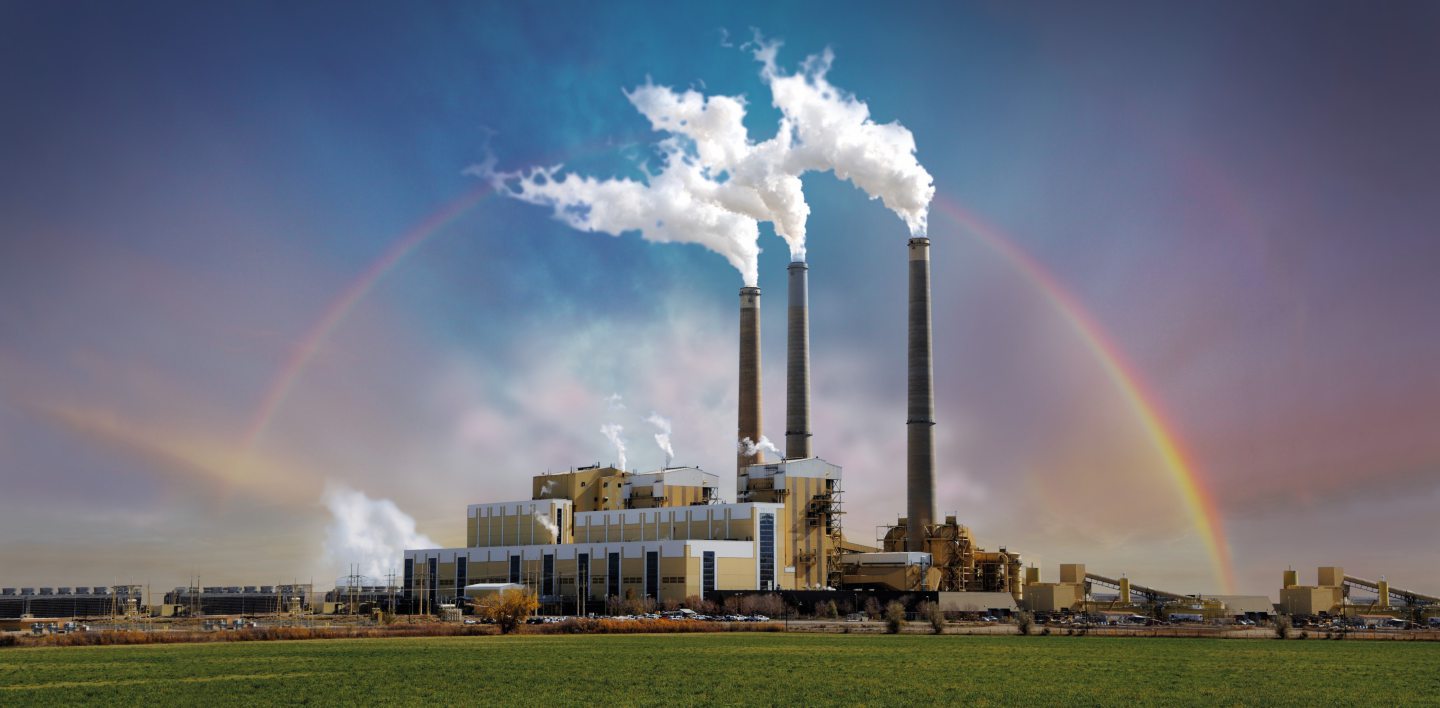 © Supplied by Technip Energies
© Supplied by Technip Energies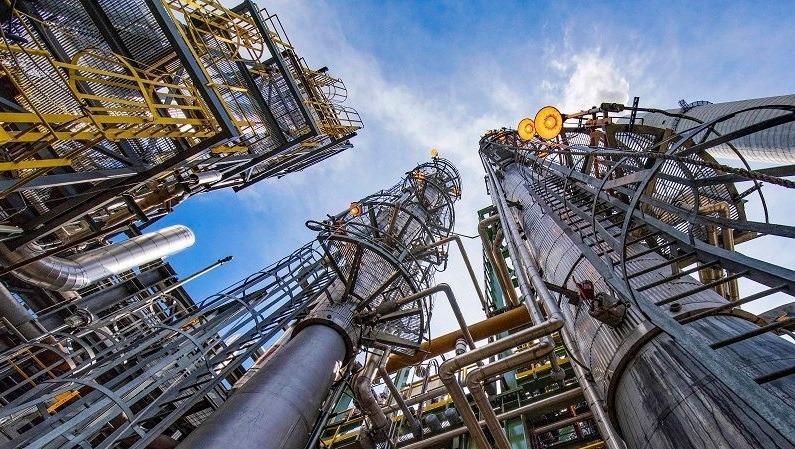 © Supplied by Global CCS Institute
© Supplied by Global CCS Institute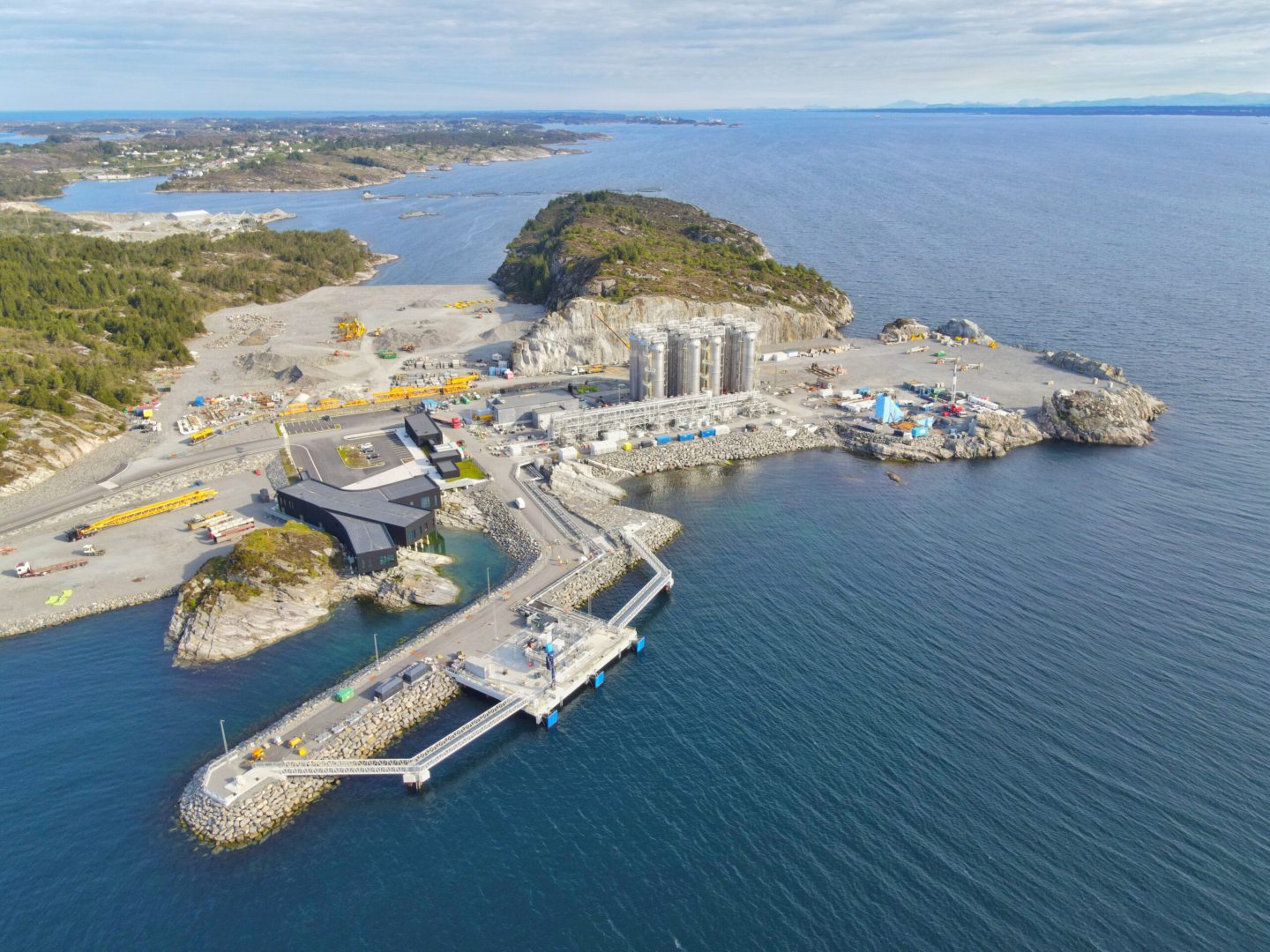 © Supplied by Equinor
© Supplied by Equinor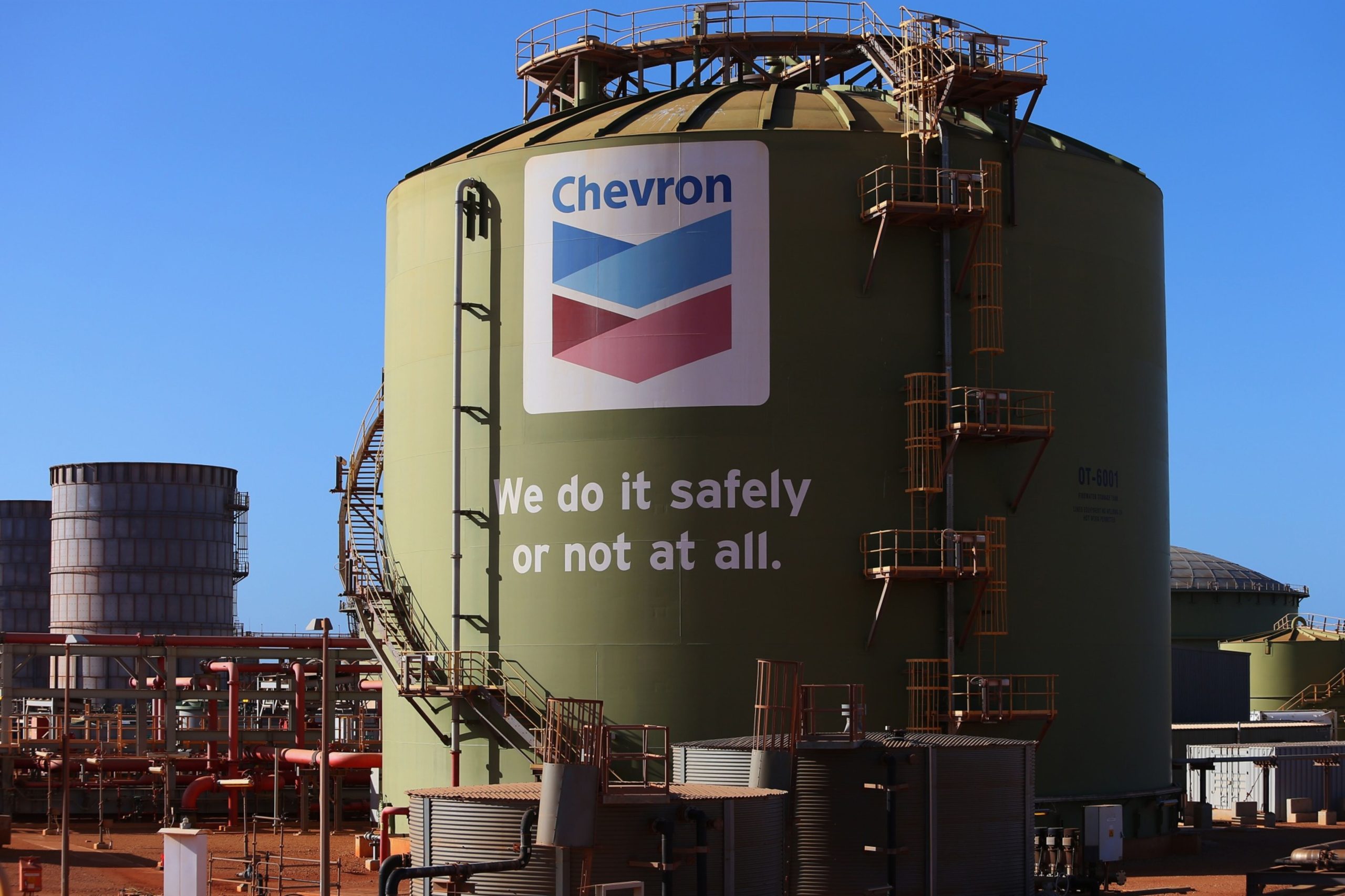 © Bloomberg
© Bloomberg © Photographer: Heiða Helgadótti
© Photographer: Heiða Helgadótti